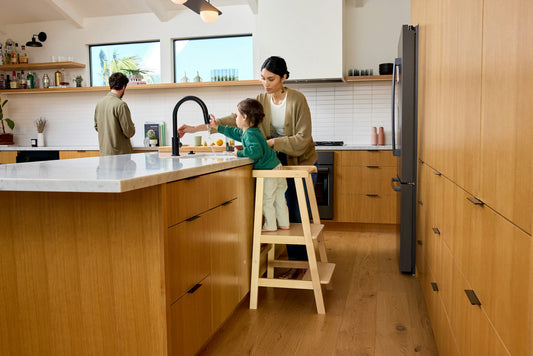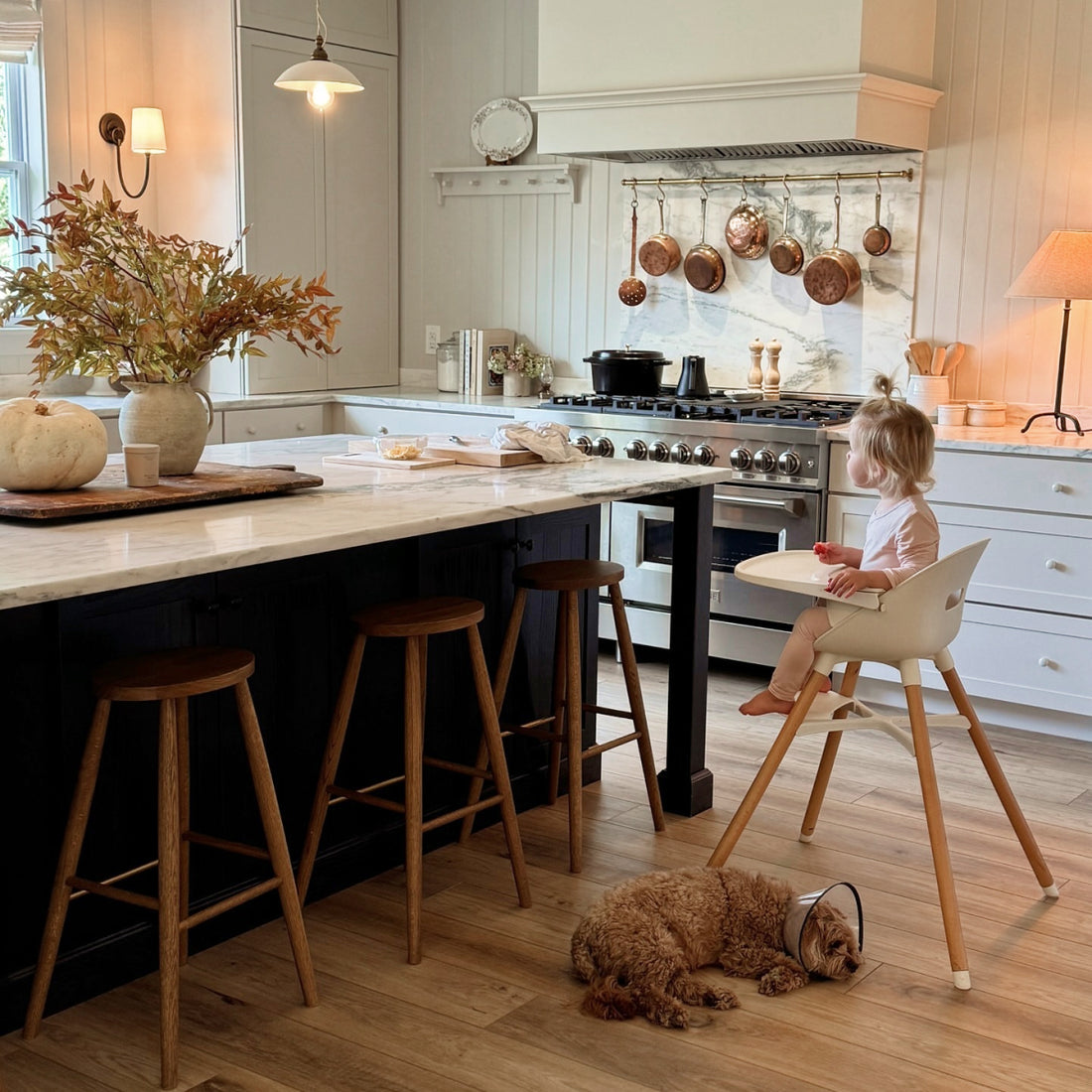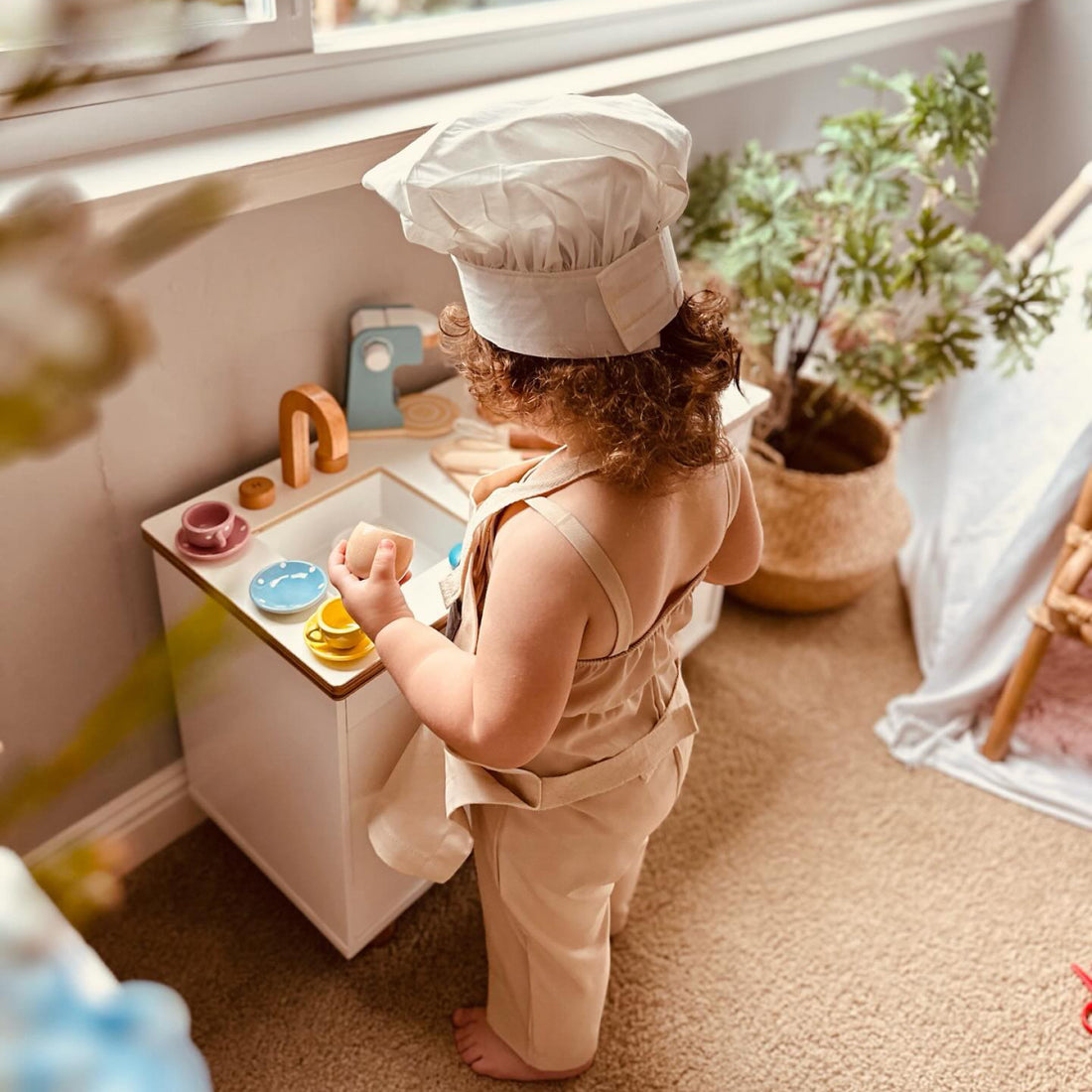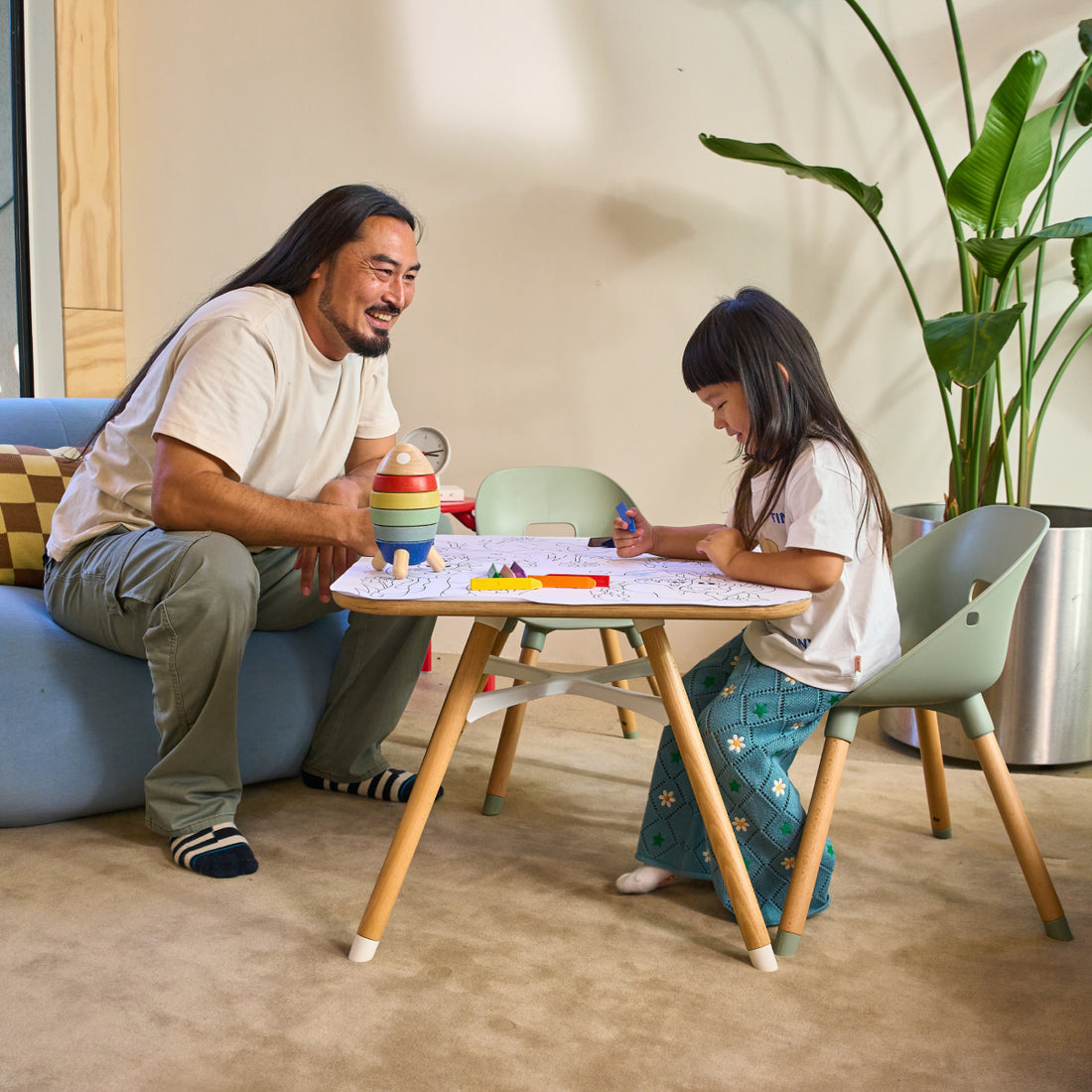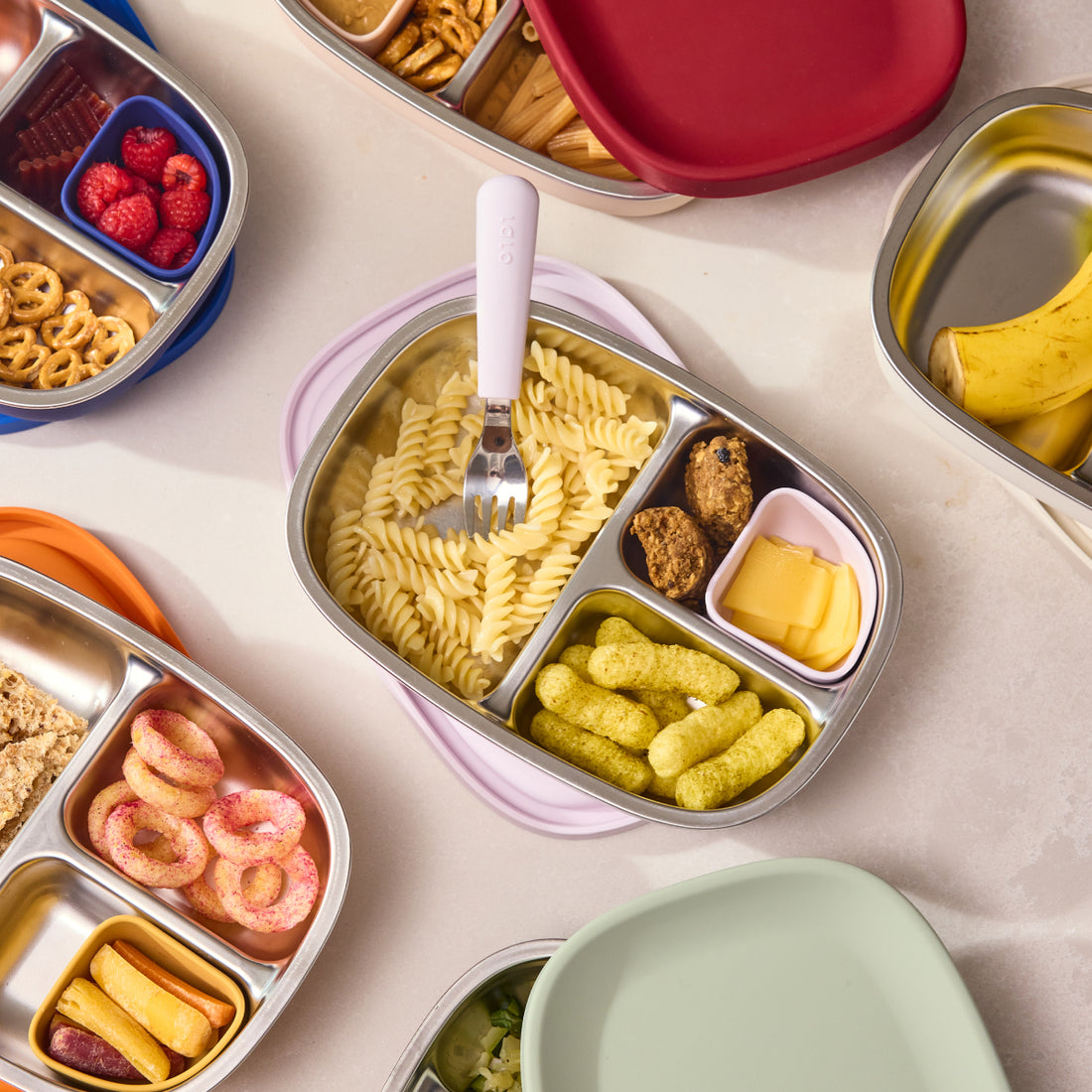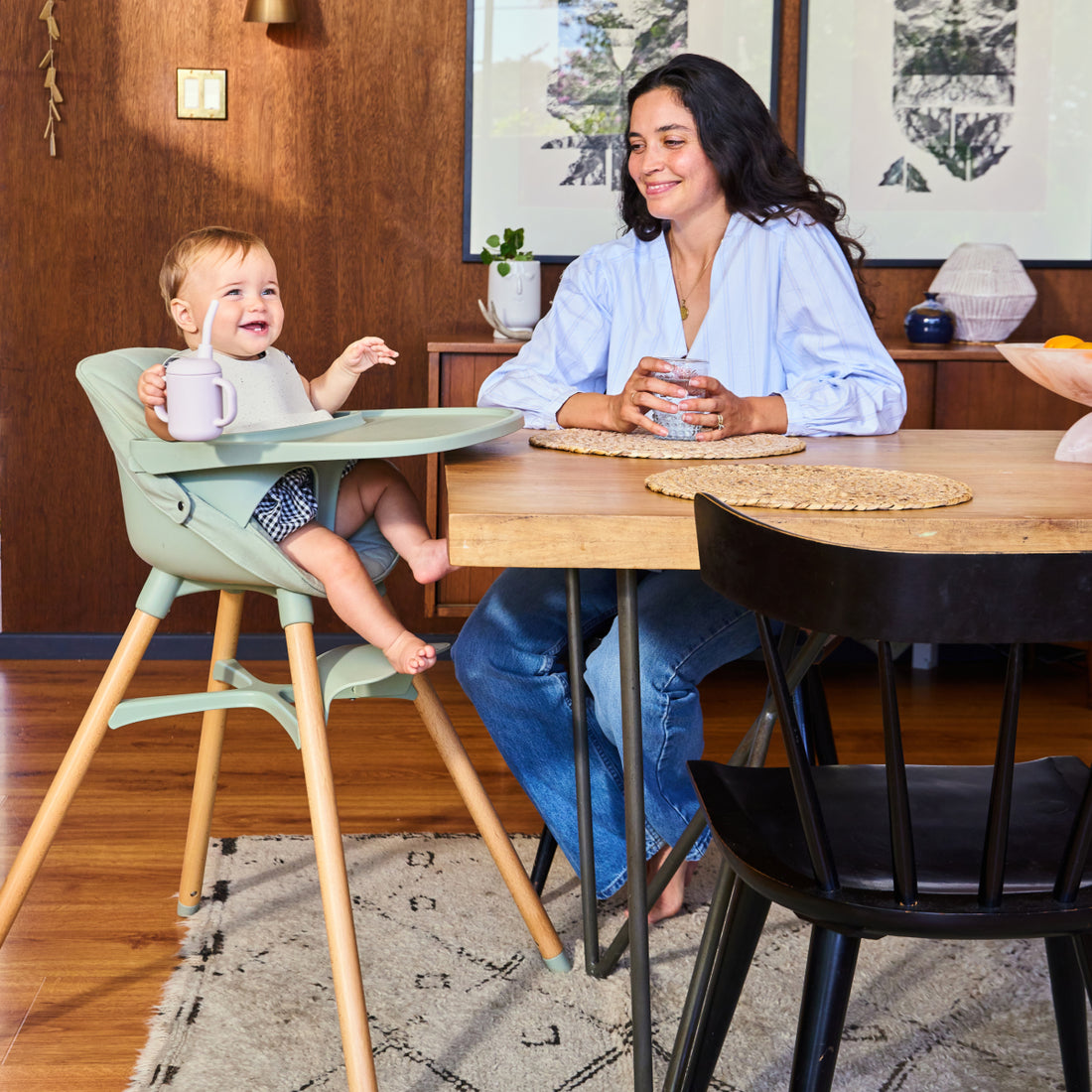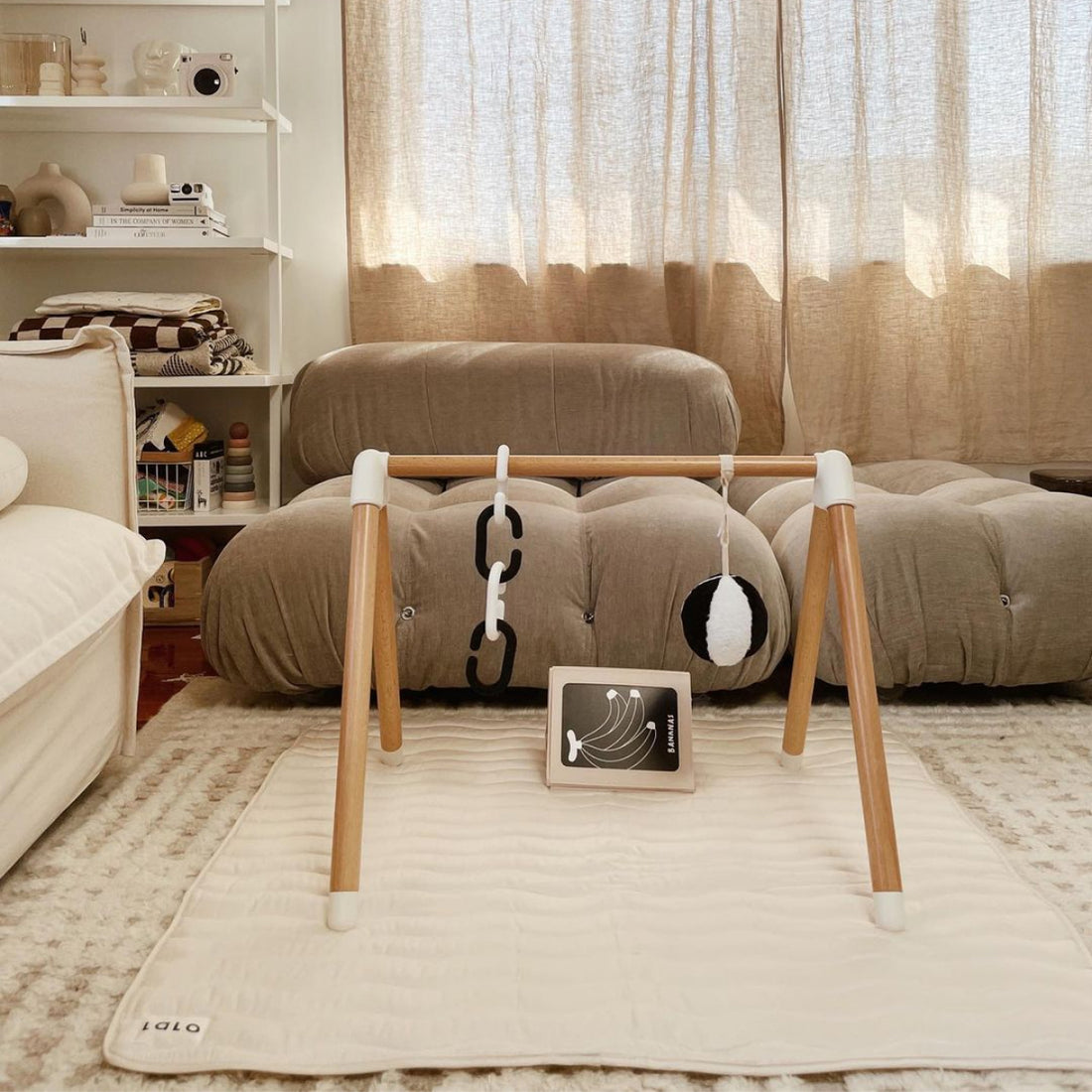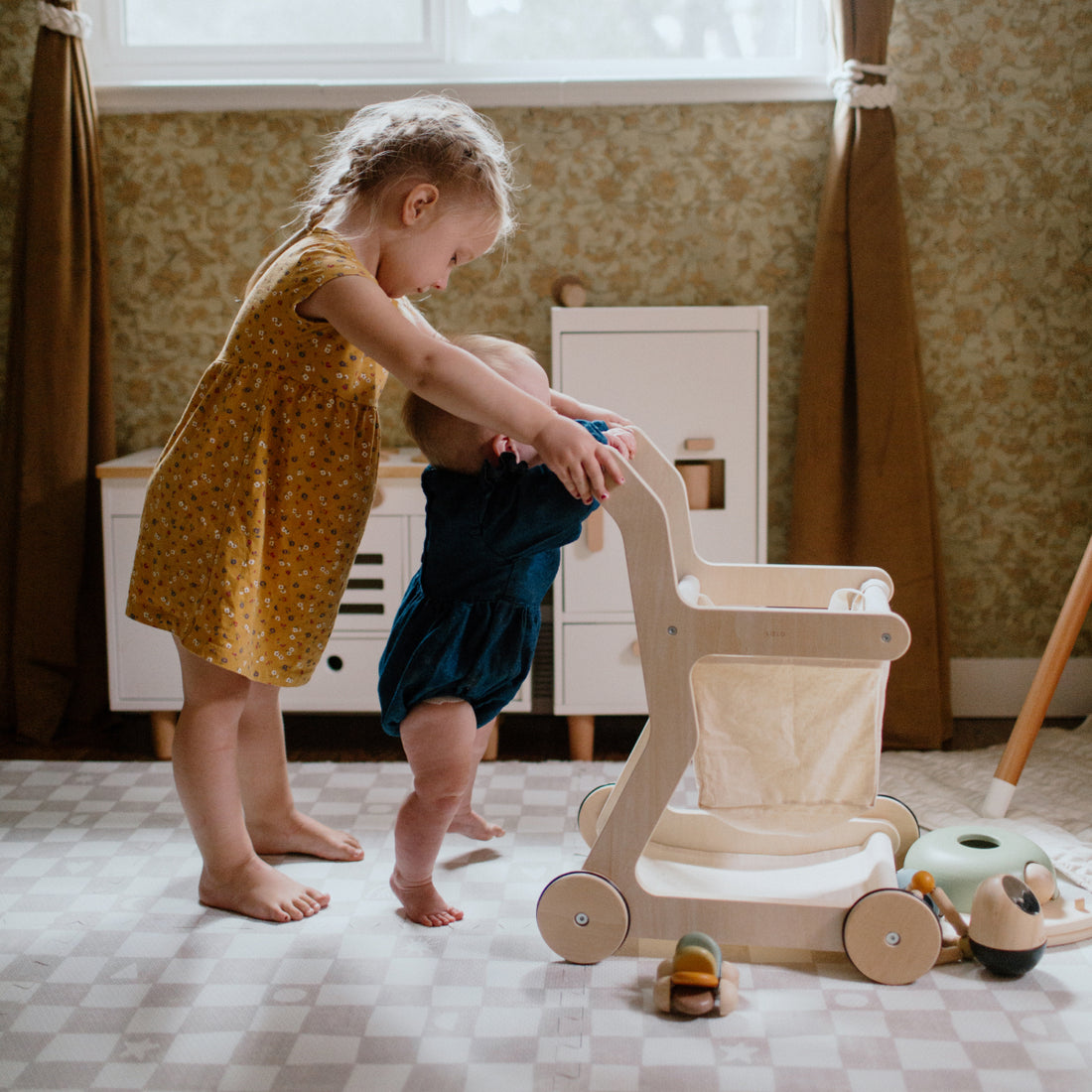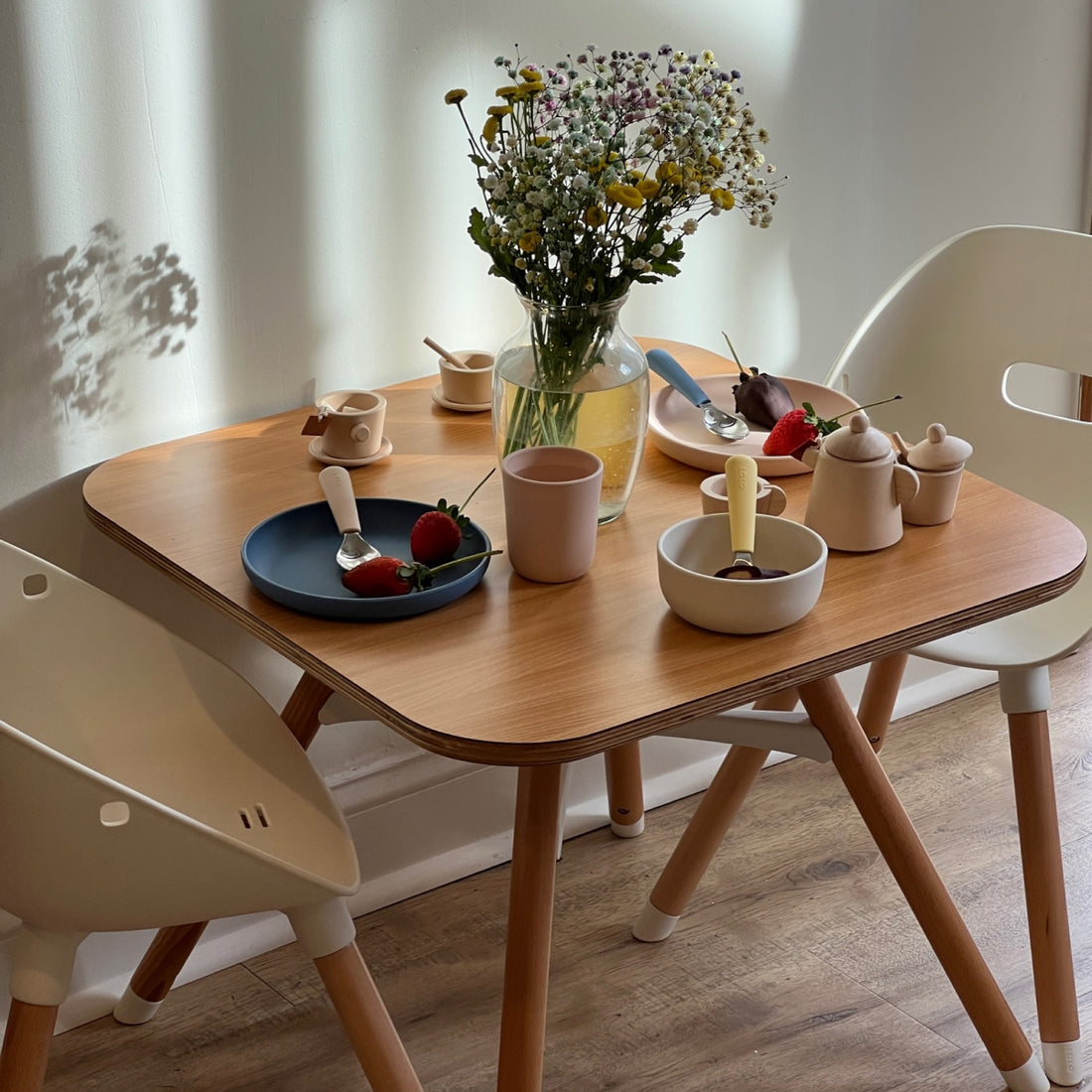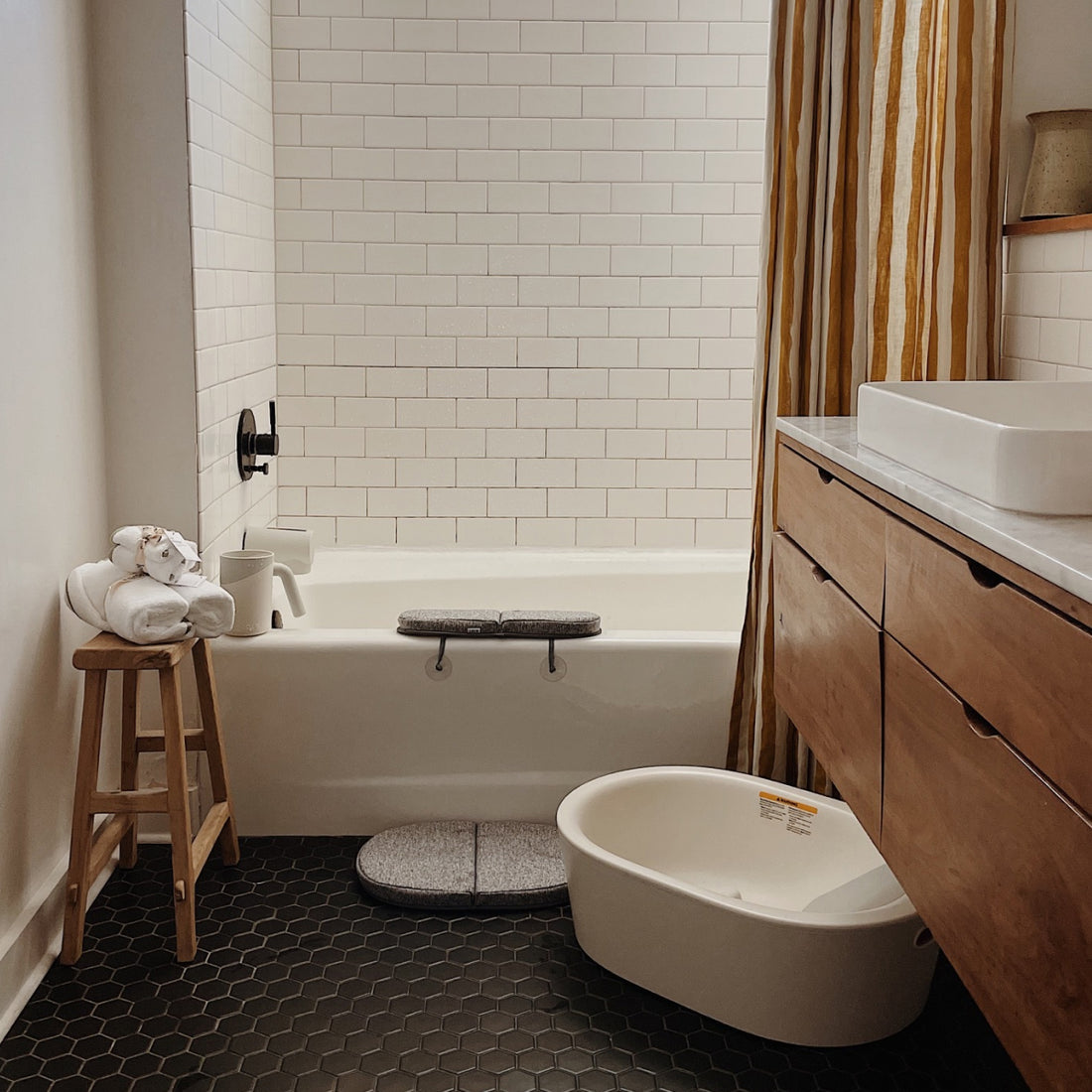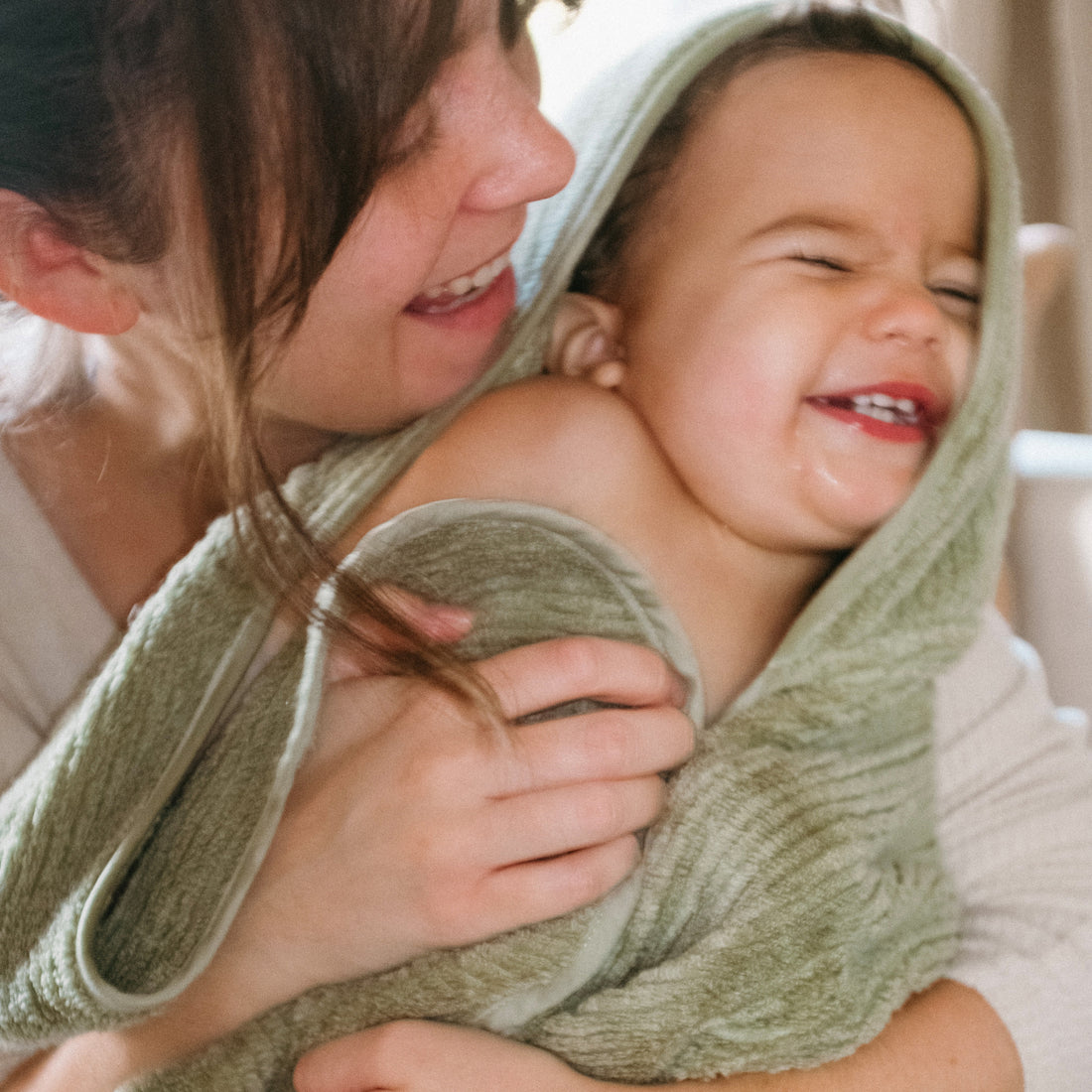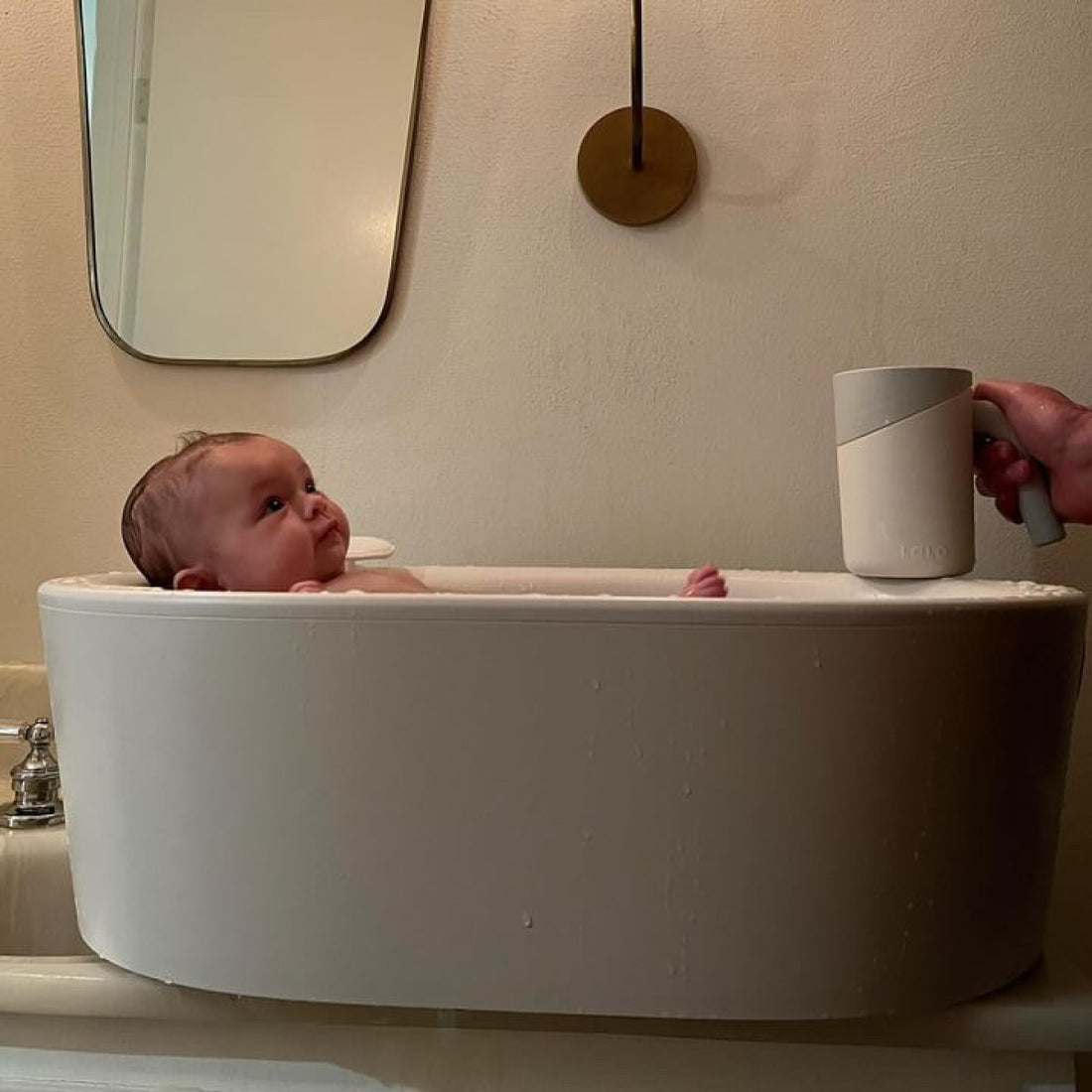From our friends at Cerebelly
Children are curious, eager to explore the world around them, and crave independence (and yet want to be close to you at the same time…) Sound familiar?
That’s why we love toddler towers and promote them as a fantastic developmental learning tool for children. They encourage all of these healthy behaviors, with incredible cognitive, physical, and emotional benefits. Providing little ones with opportunities to explore new materials, tools, and interact with you on your level can have an amazing impact on their development.
Here are 3 ways we love to use towers to promote brain development, and how to complement these skills nutritionally!
-
Emotional Development: using a tower with your child has excellent social-emotional benefits, providing a safe place for little ones to build confidence, gain independence, and develop their sense of autonomy. It also gives them an opportunity to connect with adults in a different and exciting setting, offering a novel way for them to interact with adults at the same level.

Cerebelly tip: Support social-emotional development nutritionally by providing plenty of iron, zinc, vitamin a, and lutein in your little one’s diet. These assist the development of the hippocampus, the part of the brain responsible for social cognition, learning, and emotion processing.
-
Sensory Development: they’ll hone their fine motor skills by practicing pouring, scooping, grasping objects, stirring, exploring using different cooking utensils, and mixing ingredients. Towers are also incredible for sensory play activities at a water table or with the kitchen sink. Simply filling up the sink with soap, water, and child-safe cooking utensils, flatware, cups and bowls so they can practice doing the dishes is a great way to promote sensory exploration and stimulation.

Cerebelly tip: Support sensory development nutritionally DHA, iron, and protein. These key nutrients help the cerebellum, responsible for sensory function, and the parietal lobe, the portion of the brain responsible for spatial awareness and interpreting sensory input.
-
Language Development: by using towers in and out of the kitchen, children have the opportunity to naturally engage in conversations in new settings and practice communication skills, providing opportunities to build their vocabulary by introducing new words specific to cooking, food, and the kitchen. It’s a great way to narrate how you’re preparing a meal, measuring ingredients, and reading a recipe for example and their little brains will happily absorb these new skills.
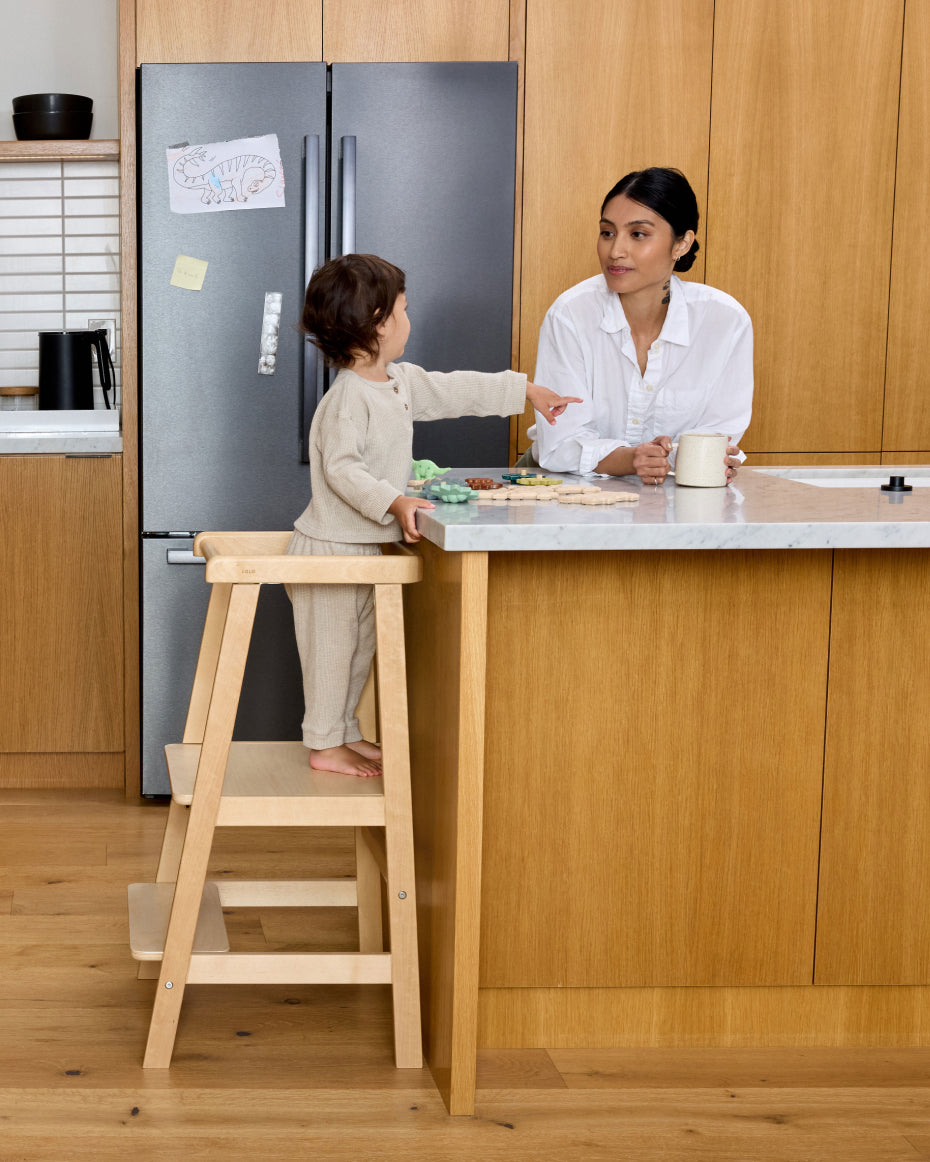
Cerebelly tip: Support language development nutritionally with selenium, lutein and iodine. The temporal lobe, involved in language and auditory development, calls on these nutrients to help do its job. The parietal lobe, the portion of the brain responsible for language processing, spatial awareness and attention, also calls for DHA, iron and protein.
Whether your little one is eager to get in the kitchen and flex their budding culinary skills or you’re excited to elevate favorite playtime activities, a tower opens up a new (higher counter-level) world of possibilities for them to explore within safe limits. They’ll blossom at the opportunity to spend time with you and expand their brain with these experiences. And once they’ve learned some tricks in the kitchen, they might actually be able to help you make dinner! (isn’t that the dream?)
Want optimal nutrition to support your little one's brain development? Cerebelly® is the first and only science-backed baby food that delivers whole food nutrition designed for optimal cognitive development. Check out our purees and smart bars with key brain-supporting nutrients to support your little one at every stage of their growth.
Use code LALOTOWER at cerebelly.com for up to 40% off your first order!

